Is Buying Loose Diamonds Without Certification a Good Idea?
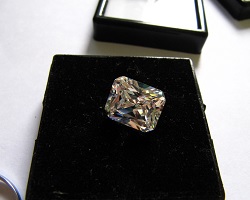
Ungraded 1.20 Carat Radiant Cut Diamond
If you had done a little reading up about buying diamonds, one of the first things you are probably told is to make sure that it is certified. Therefore, the answer to the question raised in the title is rather obvious. No. Buying a loose diamond without certification is never a good idea.
A Certificate is Like a Blueprint to Your Diamond
A reliable grading report is the ultimate blueprint of your diamond. Not only would it accurately depict the 4Cs, but it also offers additional details like physical measurements, fluorescence rating and inclusion plots.
At times when you have to leave your jewelry with someone else, the certificate offers details that can help you identify your diamond. Besides, a proper lab report from either AGS or GIA will give you the assurance that you are getting exactly what is stated in the report.
An Official Document That Can Be Used for Insurance Purposes
Consumers who intend to buy jewelry insurance can use the grading report as an objective assessment of its quality. In the unfortunate event that you need to make a claim or need to get your diamond replaced, you can make use of the grading report as a basis for the replacement value.
A Must-Have Should The Need to Sell Arises
Even though most people romantically believe that a diamond is going to have an eternal position among the family jewels, situations might arise where you have to sell off your jewelry. Naturally, you would expect a fair amount of money for your diamond.
Without a grading report to back up your jewelry and authenticate its value, I can tell you upfront that it would almost be an impossible task to find a buyer.
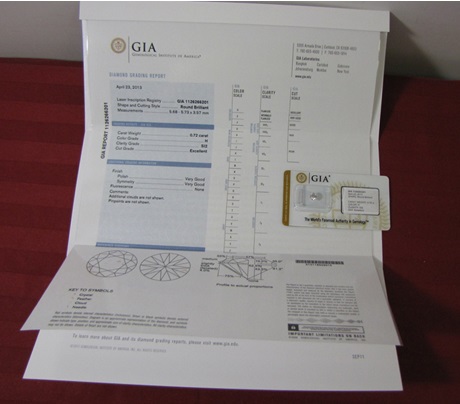
Full length GIA report with sealed loose diamond for authenticity
Protecting Yourself From Scammy Jewelers
Sadly, there do exist jewelers in the industry who are out to rip uneducated consumers off. Many times, I had heard jewelers telling me that a GIA certificate is just a marketing gimmick and I could save costs by buying “ungraded” diamonds instead.
Well, the truth is far from that. This is a shady tactic often used to make a false argument based on face value. You see, any jeweler worth his salt knows exactly what he is selling to you. The problem with buying uncertified diamonds is; do you know what you are buying?
Most consumers don’t. And this is how unethical jewelers take advantage of their naivety by overcharging prices of inferior diamonds. So, I have to say this again. Never settle for anything less than a GIA or AGS report. It’s for your own good. Also, you should avoid labs like EGL and IGI too.
Why a Grading Report Isn’t Easy to be Replaced Later On?
I know a lot of consumers try to game the system by trying to be “too smart” for their own good. It might be tempting to pay seemingly lower prices for an uncertified diamond and have it sent to a 3rd party grading lab at a later time. This entire process is not only lengthy but also costly when you have to factor in shipping and lab fees.
On top of that, not all labs will accept stones from non-trade members. For example, AGS does not deal directly with the public. If you want a stone to be graded by AGS, it’s tough luck for you. You will need to source for an AGS approved jeweler who is authorized to submit the stone on your behalf. Again, this results in an increased cost and places unnecessary stress on you.
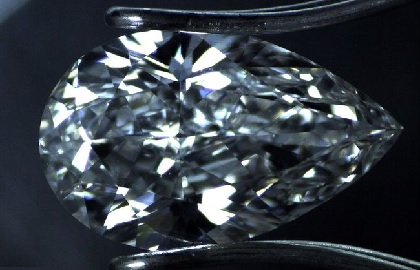
What About In-House Authenticity & Guarantee Cards?
Did you know that some stores actually provide an “Authenticity” or “Guarantee” card when you make jewelry purchases? Do not confuse this for the equivalent of a grading report even though they may appear to state similar specifications.
For branding purposes, these cards could contain data regarding the origins of the uncertified stone. Some even go so far as to mention milestones about the diamond’s history, who the diamond cutter was, how the diamond was designed, awards won and etc… Don’t be swayed, this is just pure marketing bullshit.
Nothing else matters as much as a grading report from an independent party like GIA or AGS. If a diamond isn’t certified, your only source of information about its quality will come from the seller who has a conflict of interest.
I can tell you from experience that 99.99% of sellers peddling uncertified diamonds mispresent and exaggerate the quality of the goods they are selling. This means you will end up overpaying for a stone that would be put in a lower price range if it were reliably graded at GIA or AGS.
There Are Exceptions to The Rule Of Buying Graded Diamonds…
Yep. You heard that right. There are scenarios whereby it is OK to buy diamonds without grading certificates. For example, if you are buying a halo or pave set ring, there could be numerous small (melee) diamonds that make up the entire design. It isn’t economically feasible for every single stone to be submitted for a vigorous lab grading processes.
Why? Cost is the number one reason behind this. For melees smaller than 0.05 carats, the cost of the lab report fee can be more than the cost of the diamond. Imagine having a halo ring design consisting of 50 melees, how much do you think it would cost if every single one of them came with a certificate?
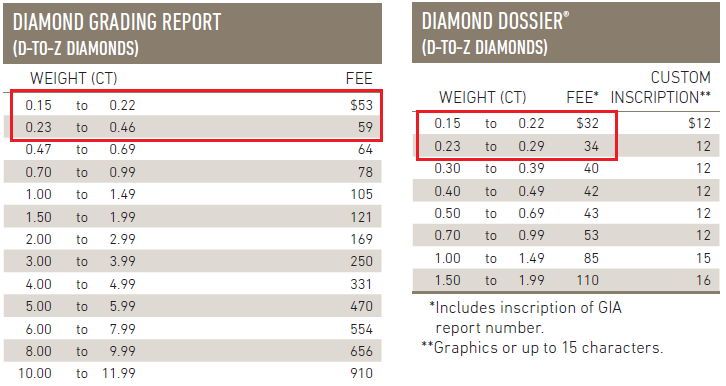
The Dossier report doesn’t include a clarity plot diagram and is cheaper.
Instead of sending them to the labs for grading, melee stones are simply sorted into parcels based on their quality. They are usually assigned a range of values for the clarity and color they possess. For example, you might sometimes see terms like G-H or F-G color and VS or SI clarity in setting descriptions that contain side stones.
As a rule of thumb, every diamond larger than 0.3 carats must always be accompanied by a grading report. If you are buying diamonds that are smaller than 0.3 carats, grading reports could be optional and be subjected to the purpose of purchase.
Related Articles
Leave A Comment

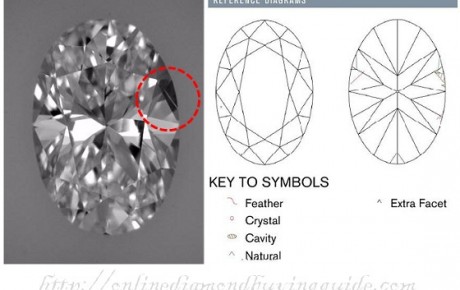
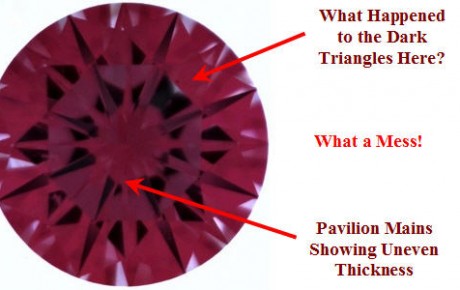
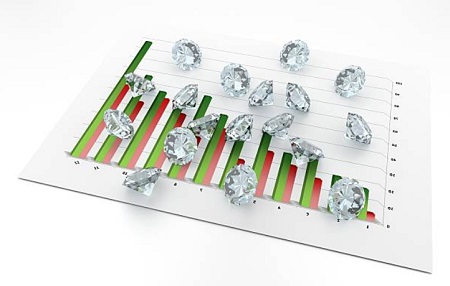
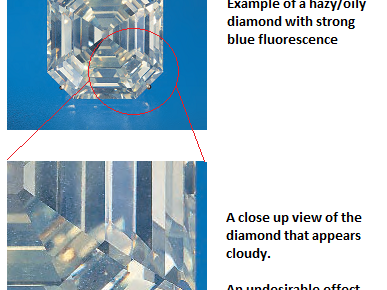









One Comment
Precise and concise information regarding the necessity of a GIA or AGS certification when purchasing a diamond. Thank you!